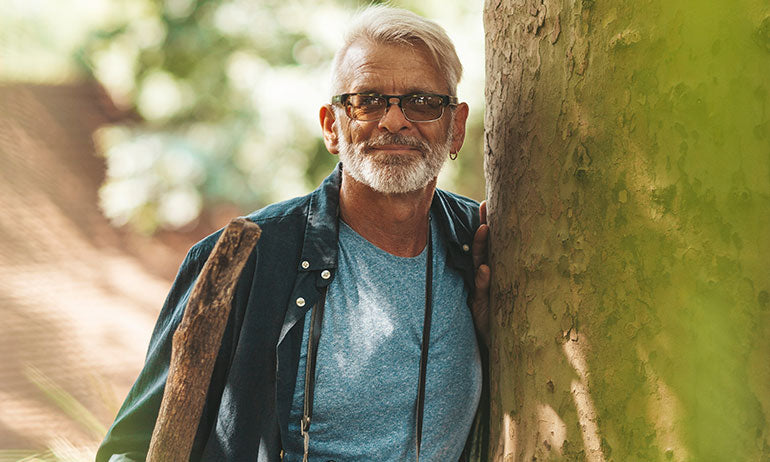The Ultimate Guide to Choosing the Perfect Hiking Stick
Posted by ELIZABETH CARROLL

Hiking is an enjoyable and rewarding activity that allows you to explore nature and enjoy the great outdoors. However, hiking can be a strenuous activity, especially when you are hiking in rugged terrain. That’s why a hiking stick is an essential piece of equipment that can provide stability, balance, and support. In this article, we will discuss everything you need to know about hiking sticks and how to choose the perfect one for your next adventure.
Benefits of Using a Hiking Stick
Getting a hiking stick has several benefits that make your hiking experience more enjoyable and comfortable. Firstly, it can provide additional support and stability, which is especially important when hiking on uneven terrain. It can help to reduce the pressure on your legs, knees, and ankles and can also help to alleviate fatigue.
Secondly, a hiking stick can help improve your balance and coordination, which is essential when hiking on rocky or slippery trails. It can also help improve your posture, reducing the risk of back pain and injury.
Finally, it can help increase your overall hiking speed, especially uphill. It can help to propel you forward and reduce the strain on your leg muscles.
How to Choose the Right Hiking Stick
Choosing the right hiking stick is vital to ensure you get the most out of your hiking experience. There are several factors to consider when selecting one, including its type, the material, the grip and handle options, the size and weight, and any additional features.
Types of Hiking Sticks – Traditional vs. Folding vs. Adjustable
There are three main types of hiking sticks:
- Traditional: The most basic type of hiking stick, made from a single piece of wood or metal.
- Folding: Designed to collapse into smaller sizes, making them easier to pack and transport.
- Adjustable: They allow you to customize their length according to your height and the terrain you are hiking.
Materials of Hiking Sticks – Wood vs. Aluminum vs. Carbon Fiber
The material of your hiking stick is important, as it will affect its weight, durability, and price. Wood hiking sticks are the most traditional type and are lightweight and durable. Aluminum ones are light and affordable but may not be as durable. Carbon fiber hiking sticks are the most lightweight and durable.
Materials of Hiking Sticks – Wood vs. Aluminum vs. Carbon Fiber
The material of your hiking stick is important, as it will affect its weight, durability, and price. Wood hiking sticks are the most traditional type and are lightweight and durable. Aluminum ones are light and affordable but may not be as durable. Carbon fiber hiking sticks are the most lightweight and durable.
Grip and Handle Options
The grip and handle of your hiking stick are also crucial to consider, as they will affect the comfort and grip of your stick. Cork and foam grips are the most comfortable and absorb sweat, while rubber grips provide a firmer grip and are more durable. Handles can be straight or contoured, and some hiking sticks come with a strap to help secure them to your hand.
Size and Weight Considerations
The size and weight will affect your comfort and mobility. The length of your hiking stick should be the same as the distance between your armpit and the ground. Its weight should be light enough to carry comfortably but heavy enough to provide stability and support.
Additional Features to Consider – Shock Absorption, Camera Mount, etc.
Additional features to consider when choosing a hiking stick include shock absorption, camera mounts, and more. Shock absorption can help to reduce the impact on your joints and muscles, and a camera mount can help you capture stunning photos and videos of your hiking adventure.
How to Properly Maintain Your Hiking Stick
Properly maintaining your hiking stick is critical to ensure it lasts for many future adventures. After each use, wipe it down with a clean, damp cloth to remove dirt or debris. If your hiking stick is made from wood, apply oil or wax to protect it from moisture and prevent cracking.
In conclusion, a hiking stick is an essential piece of hiking equipment that can help to provide support, stability, and balance on your next hiking adventure. When choosing a hiking stick, it is crucial to consider the type, material, grip, handle options, size and weight, and additional features. Following these tips, you can choose the perfect hiking stick for your needs and enjoy a safe and comfortable hiking experience. Check out fashionablecanes.com for a wide selection of stylish and durable hiking sticks. Happy hiking!

